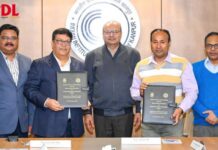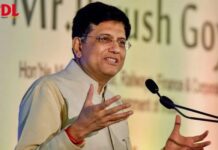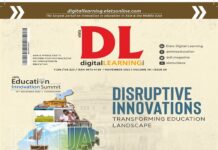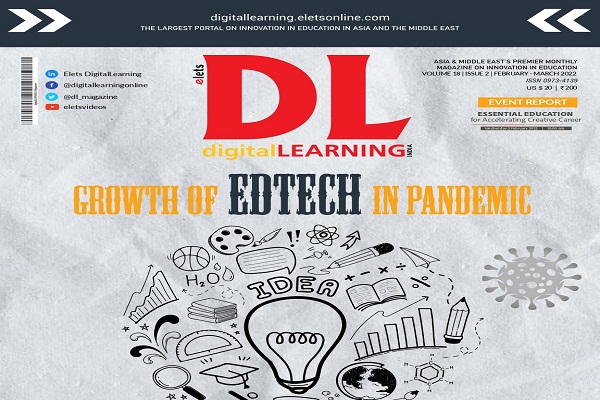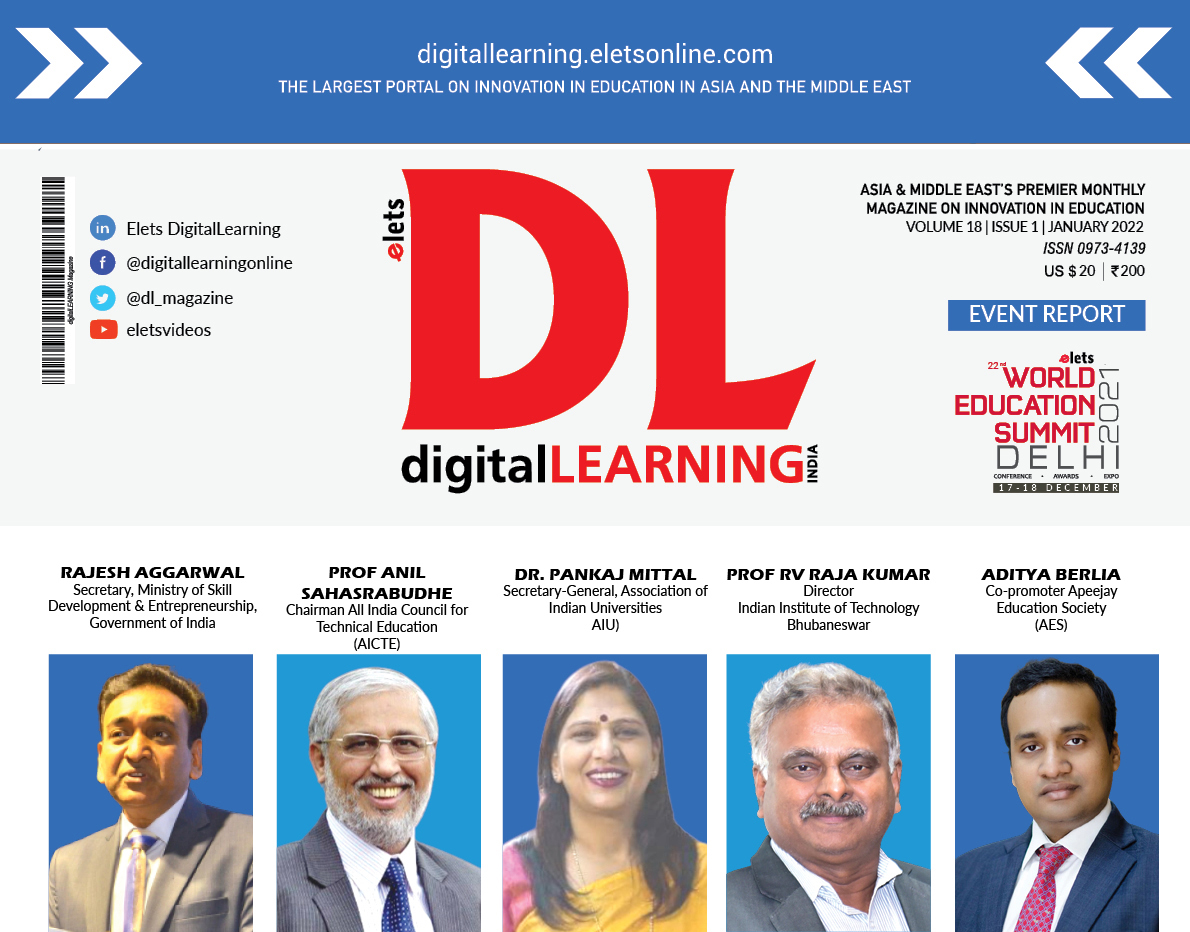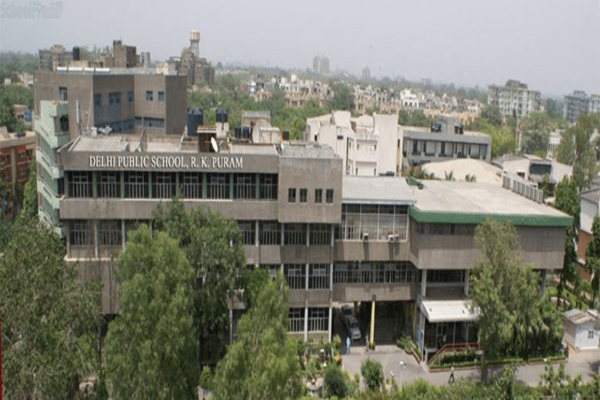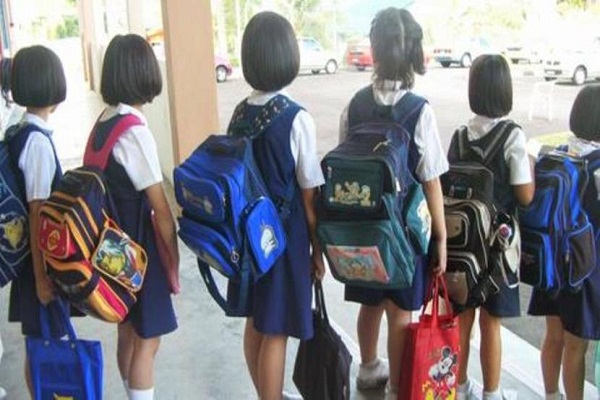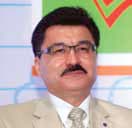
Alisher Umarov,
Programme Specialist for Education, UNESCO New Delhi
Cluster Office for Bangladesh, Bhutan, India, Nepal, Maldives and Sri Lanka
Blended learning is not a panacea for every school related issue
Our new generation are ‘digital natives.’ Most of the time teachers come to class for their own learning rather than teaching. If we can’t empathise with the concept of this kind of learning, then we are not in tune with today’s world. Teaching has become Teaching 2.0, instead of Teaching 1.0.
Teaching 2.0 is a situation where we enlighten everyone who is involved in the process of learning and teaching at the same time. That is the new paradigm that we have brought in through blended learning.
Blended learning is important, but it is not the panacea to all school related issues. We need to understand that blended learning is not blind learning. It requires massive effort from everyone involved in the organisation and there are certain ingredients without which you cannot make a nice dish.
We already have everyone on board – teachers, students and others. What else do we need here? The answer to this question is quite simple. We need a good policy from the government to ensure that our teachers have access to all the latest tools that they need to bring about an improvement in the quality of our education.
At UNESCO, we work on three different levels – we work on policy level to resolve challenges through certain legislative policy measures; we also provide all kinds of resources; we provide certain best examples from around the world. Finally we work by setting up better standards that entities working in the education space can follow.




